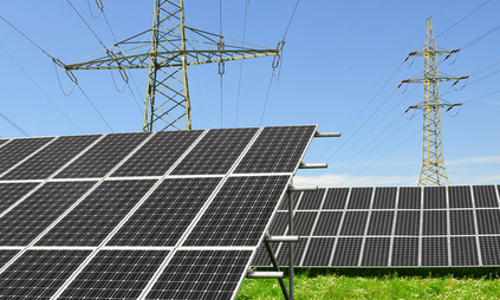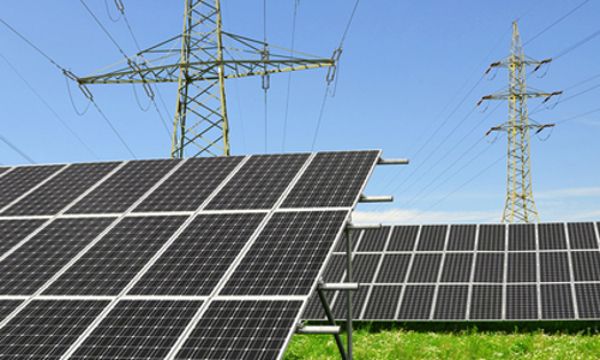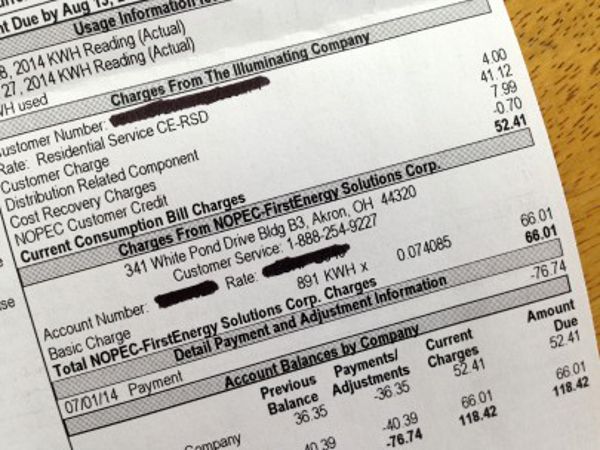

A case going before the Ohio Supreme Court could have a major impact on distributed generation in the state, while raising questions about corporate separation and possible conflicts of interest for regulated utilities.

The Public Utilities Commission of Ohio (PUCO) recently confirmed that net-metering customers are entitled to the full value of the electricity they feed back into the grid from renewable energy and other distributed generation technologies.
However, FirstEnergy and American Electric Power (AEP)’s Ohio utilities are trying to reduce the amounts customers will get for that excess electricity. The utilities, along with Dayton Power & Light and Duke Energy, also raised other objections to the rules.
On July 23 the PUCO denied FirstEnergy’s third request for rehearing. AEP’s Ohio Power Company has already appealed the case to the Supreme Court of Ohio. FirstEnergy has not yet announced whether it will appeal as well.
Power in and power out
Net metering is a way for customers who produce some or all of their power to avoid overcharges for electricity they do not need. Those customer-generators may have solar panels, wind turbines, certain types of combined heat and power systems or other types of on-site generation.
Net metering also provides a way for those customers to get compensation for any excess electricity they feed into the grid. In those cases, Ohio law says customers are entitled to the value of “that electricity.”
The big question in the PUCO case is what that value is.
Because of a 1999 deregulation law in Ohio, customers have a choice of which company provides their electricity. Electric distribution utilities are still regulated monopolies, however.
The regulated utility handles all the billing, but customers’ bills have two main parts: distribution and generation.


 233k
233k  41k
41k  Subscribe
Subscribe 